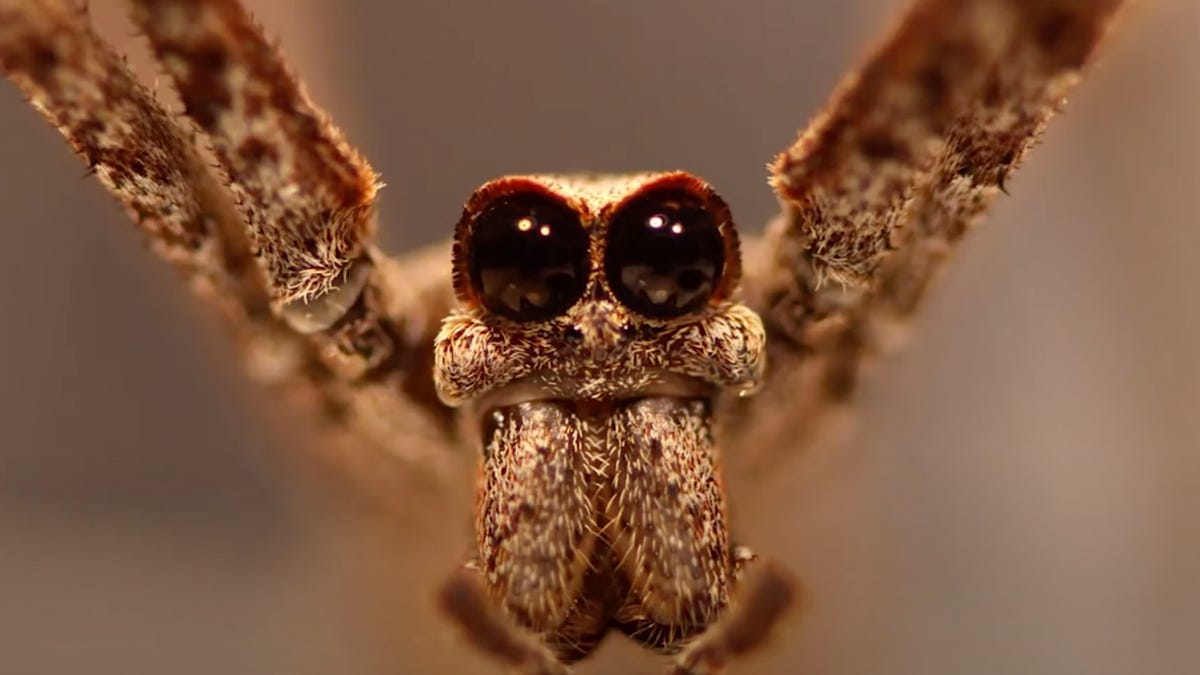These spiders can hear with their legs
For these ogre-faced arachnids, "some of the coolest spiders on the planet," legs do double duty.

Huge eyes and legs that can hear ... this spider has it all.
Legs would seem to be pretty useful to spiders -- after all, they have eight of them. But a recent Cornell University study reveals that a certain kind of arachnid doesn't just use its legs to move around, but to hear airborne prey -- and turn it into lunch.
The study, published in the journal Current Biology, makes the spiders sound like Marvel superheroes. It confirmed that the spiders use metatarsal sensitivity, or sensors at the tip of the leg, to detect sounds, then trigger a "split-second, ninja-like backflip to strike unsuspecting airborne insects, bag them in a web net, and then dine."
The ogre-faced spiders, whose scientific name is Deinopis spinosa, are nocturnal creatures found mostly in the American southeast.
The spiders in the study are "some of the coolest spiders on the planet," lead author Jay Stafstrom said in a video. They do nothing during the day, he said, but hide and wait for sunset. Their web-making is unusual -- they create a "frame web" shaped like the letter A, then make a "fuzzy, rectangular net" that they hold with their front forelegs and use to actively nab prey.
In addition to the unusual webs and multi-talented legs, the spiders are noteworthy for their large eyes, which Stafstrom says are "the biggest eyes of any spider."

